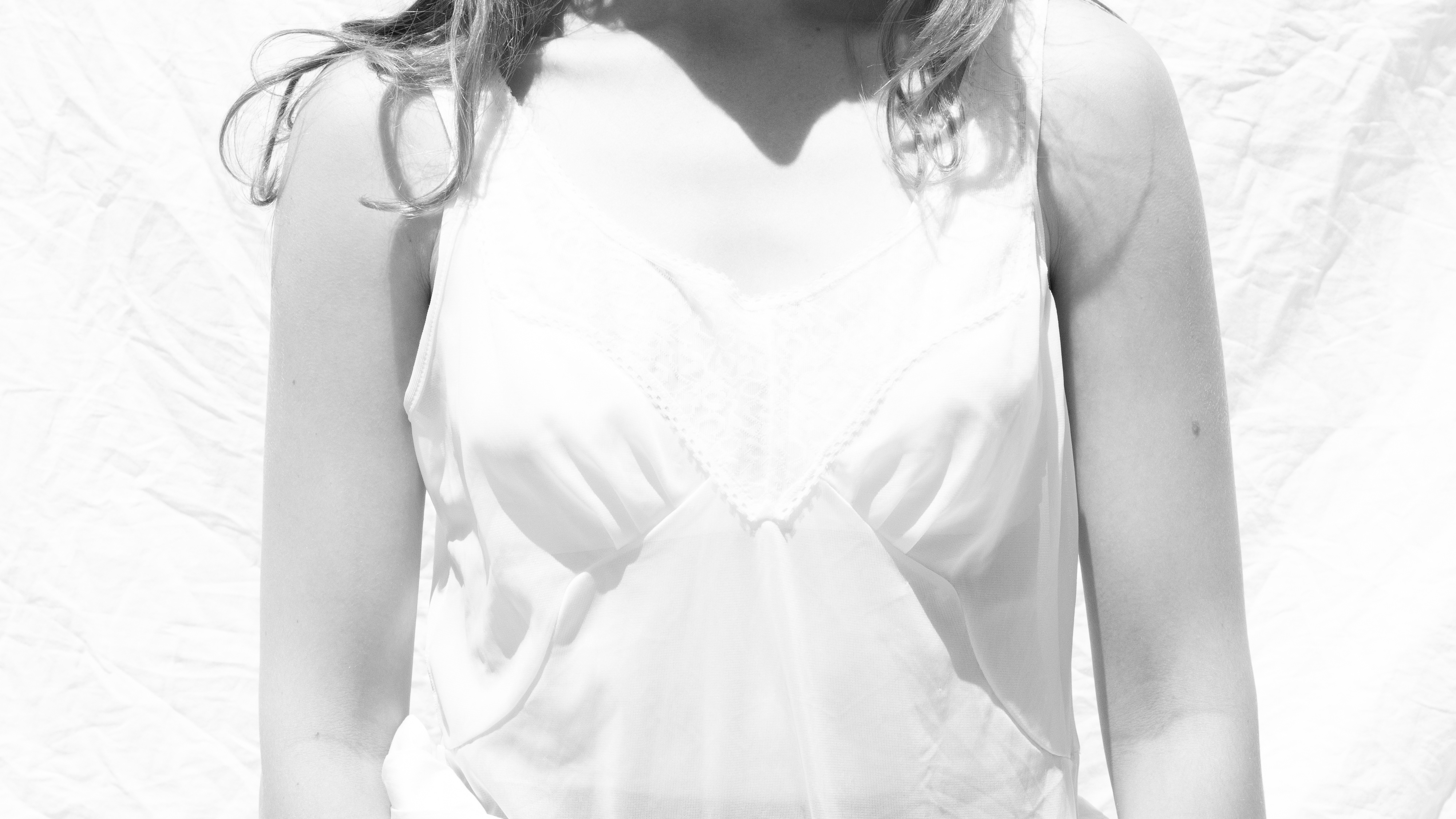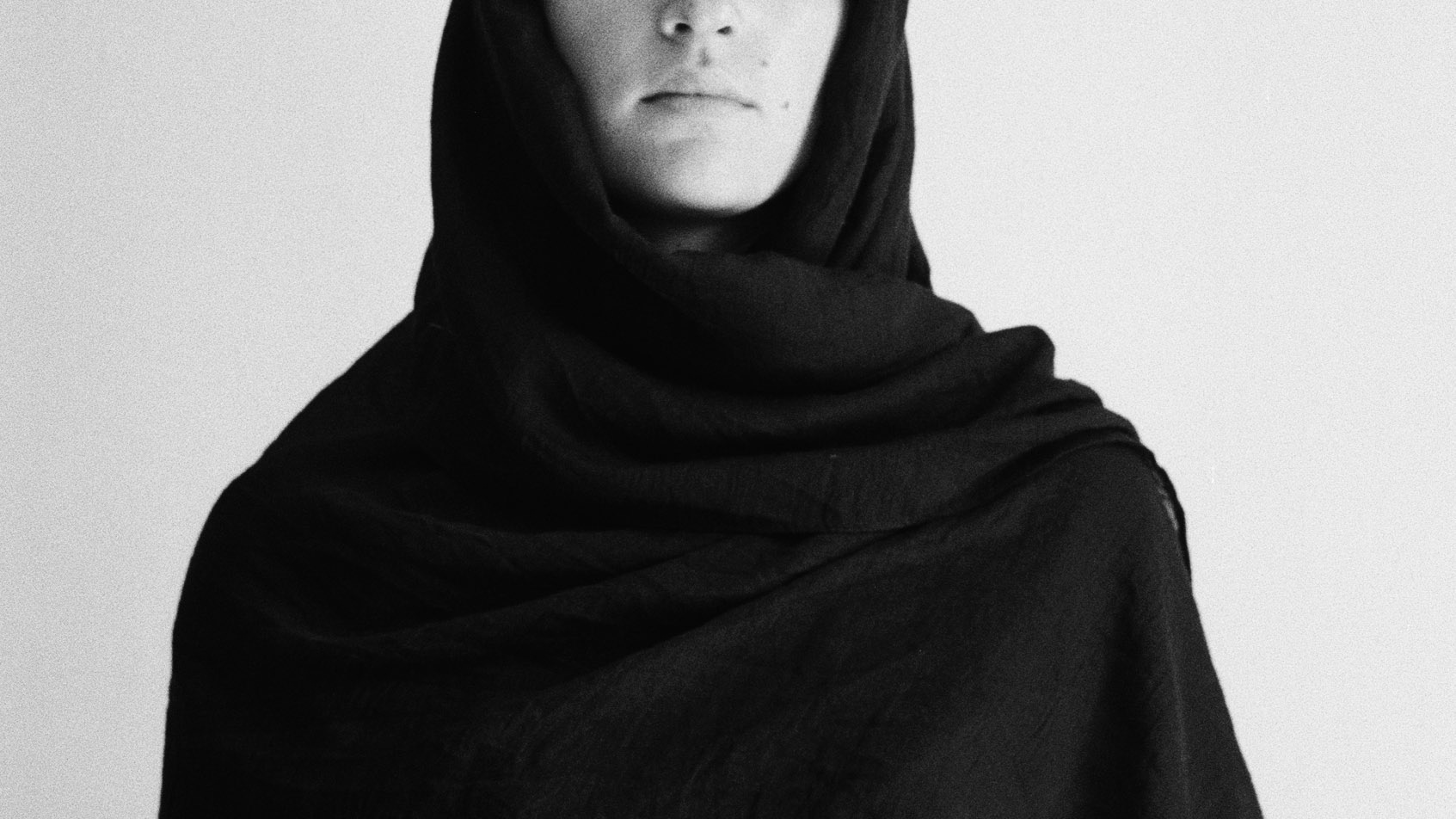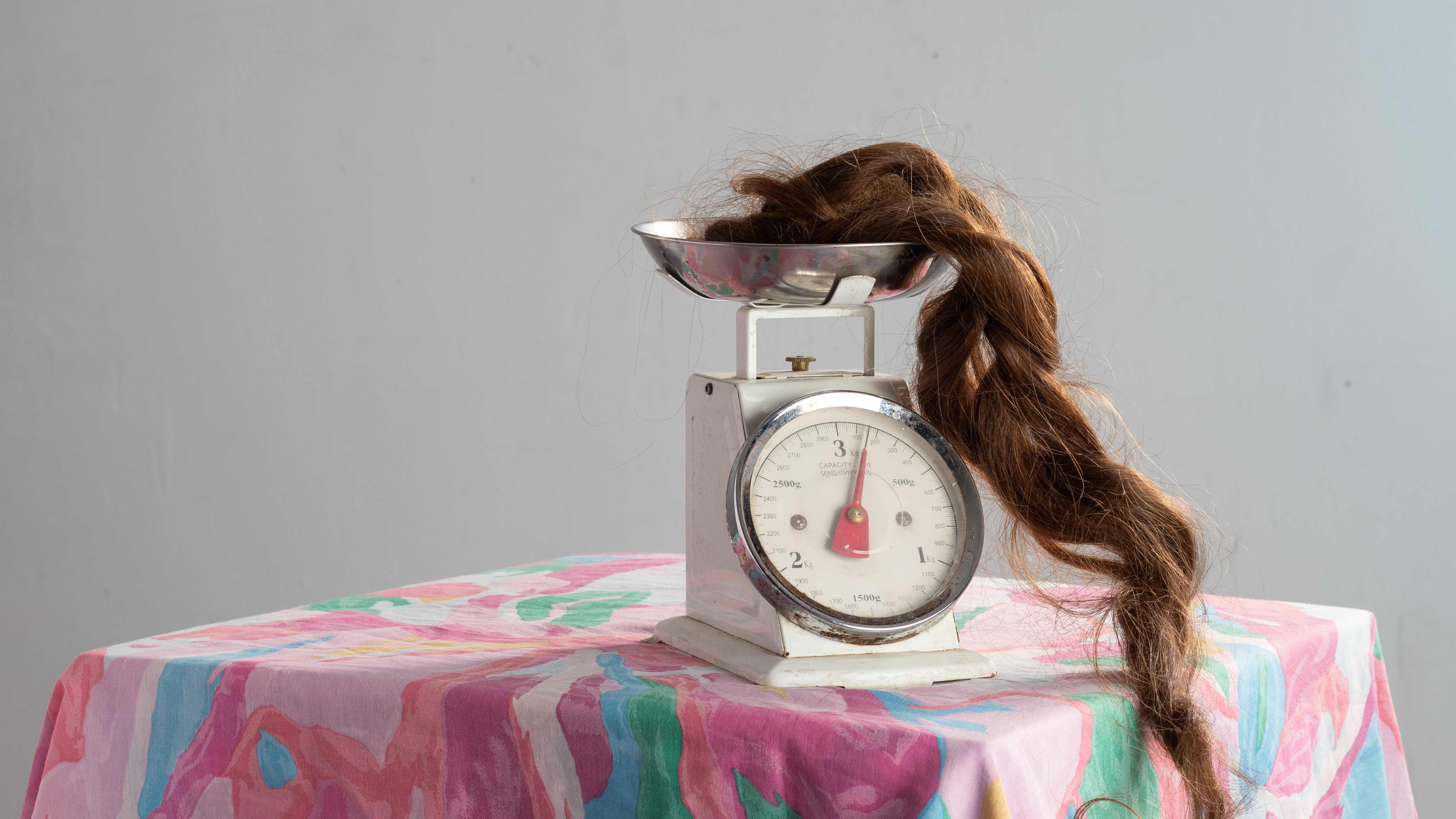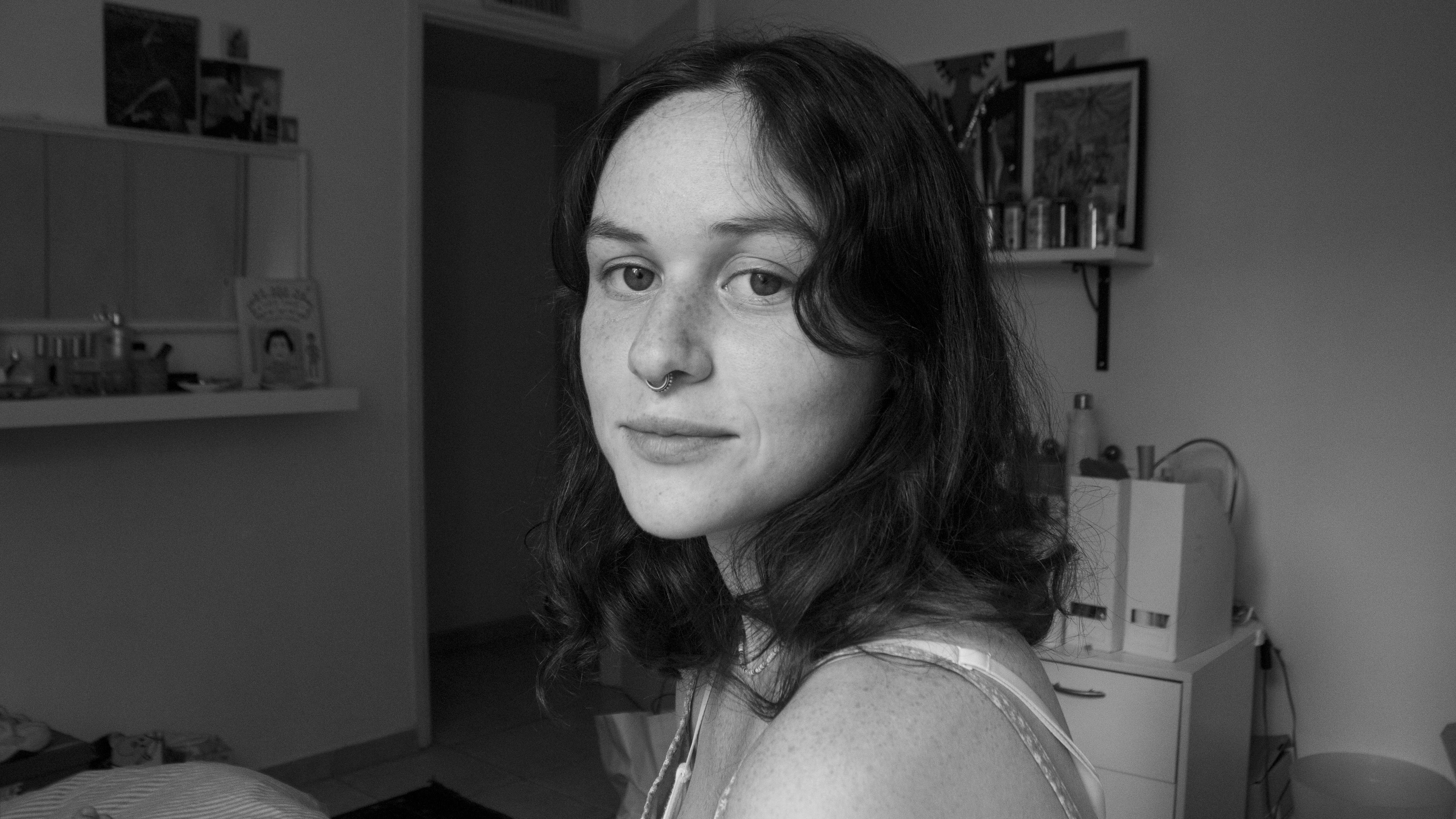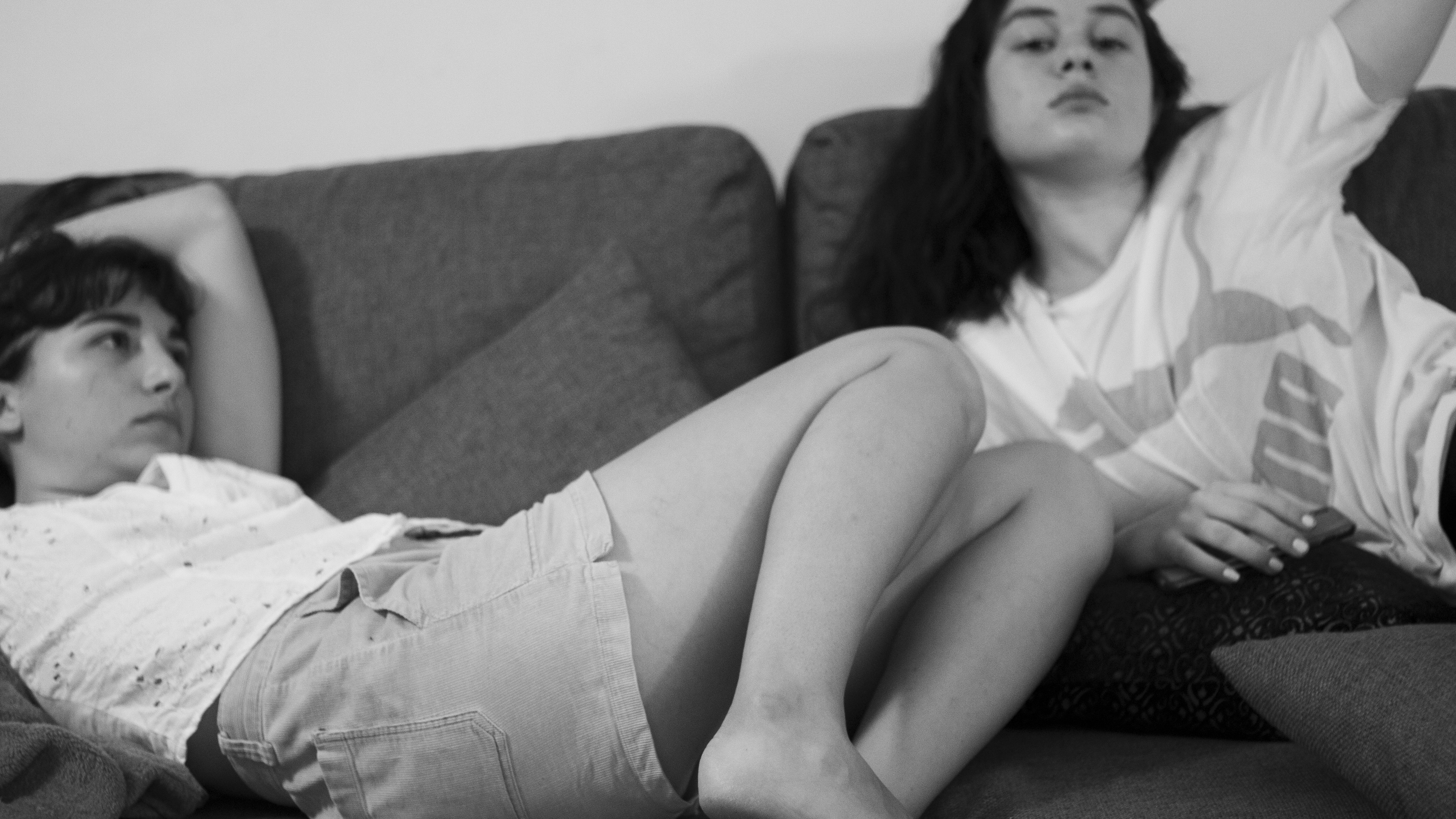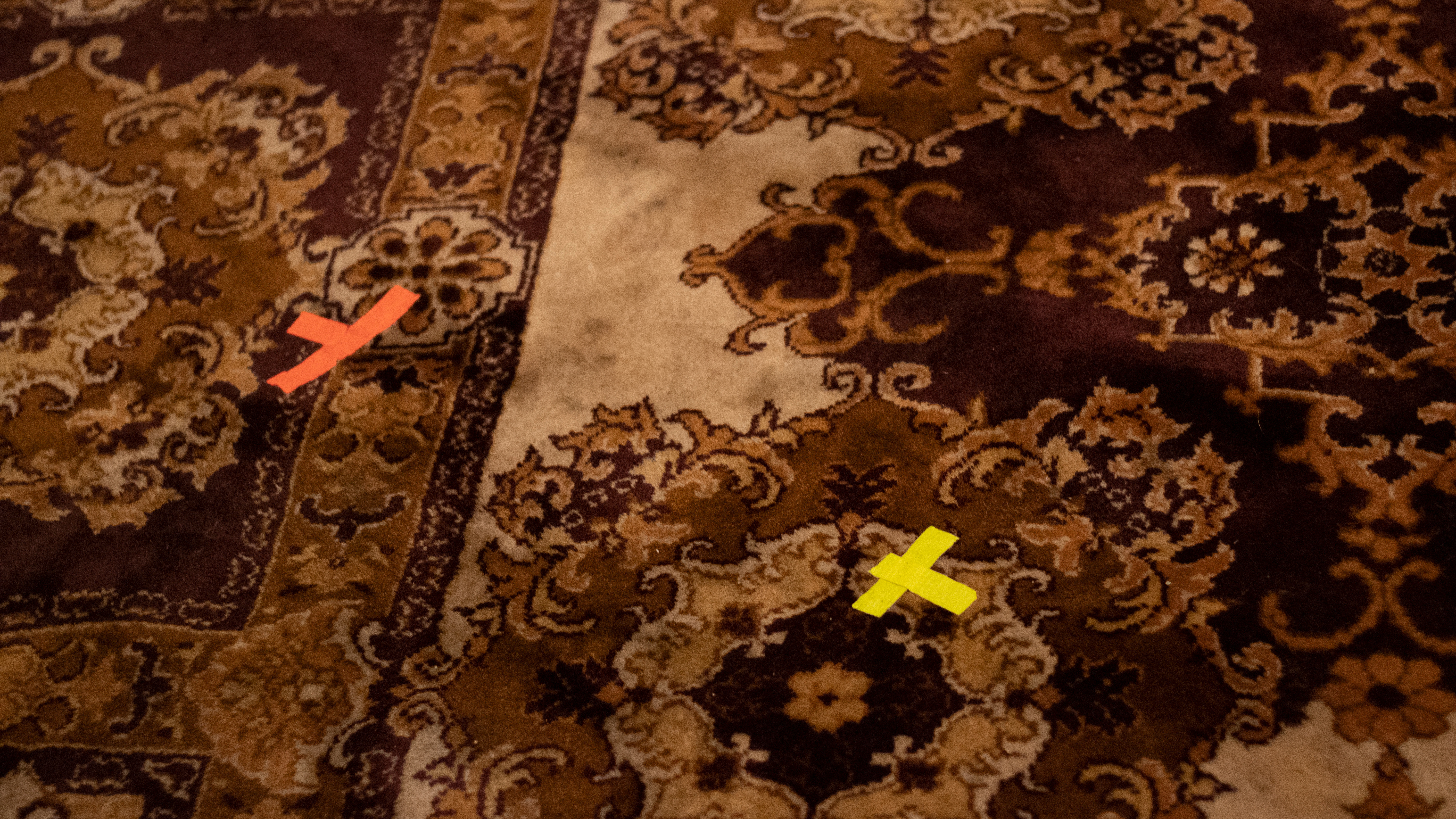sound mix by nitzan vardi, inspired by old Israeli lullaby songs
Silence Echo
In almost every self-portrait, I have blocked my face. As a photographer, I couldn't expose myself in front of the lens. Through my photographic practice on myself, I learn about the reciprocal relationships between how I see myself in the world and how I see the world I photograph. I feel submissive to the camera and protect myself forcefully from exposure. I have drawn upon the myth of Echo and Narcissus, focusing on Echo's figure, which echoes Narcissus' words, lacking a voice of her own. My subjects resonate with my own voice, which is also blocked by the repetition of the photographic act. Echo was a nymph in Greek mythology who lost her voice. When she fell in love with Narcissus, she could only echo his words. The voice as an internal voice, the understanding and processing of the experience of losing oneself and losing one's internal voice. Through the myth and the act of photography, I wish to examine and reconstruct the moment of silencing. Both my subjects and I are frozen in time, voiceless and gazeless. Through my work, I allow myself to regain control after moments of losing control. Since the image is violent, an environment of trust and intimacy is required between me and the subject. Do I, through the camera and the act of photography, give voice to those who have none, or am I, in fact, blocking the presence of the women I photograph as a defiance of the myth? Is this an act of compassion, a very intimate encounter between photographer and subject, where the subject remains true to herself and is not exposed to the viewer? I want to ask: where is the violence in the photographic act? Is it within me when I do not allow human connection with my subjects? Is it in the eyes of the viewer, imposing their gaze upon the figure who cannot return the gaze, or is it in the subject who defies the camera by refusing to be exposed

